I’m back this week with part two of the breakdown of a recent Age of Sigmar meeting engagement tournament that I helped to organize and played in. Part one can be found here. As mentioned previously, I ran an eel based Idoneth Deepkin list, hoping to leverage their speed and melee prowess to make up for my general lack of bodies.
There were eight total participants in the event, with each grand alliance represented (which is always exciting). In addition to my Deepkin, the faction breakdown included mixed order, Kharadron Overlords, Slaanesh, Tzeentch, Gloomspite Gitz, Ironjawz, and Legions of Nagash.
In round one I faced Tzeentch in the scenario The Centre Ground. This scenario placed a single objective in the center of the table, with contingents entering the table in the standard order (spearhead, main body, rearguard). My opponent’s army consisted of a hard hitting spearhead of three Tzaangor Enlightened and a Tzaangor Shaman on disc. The main body was a Fatemaster, a Magister, and ten pink horrors. The rearguard was simply ten brimstone horrors. The list also included the Arcane Cabal battalion.
My opponent’s strategy was to try to create a spearhead that could defeat other spearheads, and then swarm the board with horrors (which turn into more horrors) and use the Fatemaster’s ability to generate rerolls (the realm artifact the Aetherquartz Brooch was also included to try to regenerate command points on a 5+) and maximize damage from spells.
My opponent for round one is an excellent local player (whom I often lose to), and I was happy to face him in what I believe was an advantageous mission for me. The single center objective meant that he would be unable to use his numerical advantage to spread my army out, we would be forced to meet each other in the middle. Over the course of the game I whittled down his army to just a summoned unit of blue horrors, but a single Chaos Spawn (also summoned), held up my large unit of eels in combat for an extra turn, which allowed him to force straight up draw. I was able to complete my hidden agenda which was to slay his most expensive hero.
Round two saw me face a Godseekers Slaanesh army in the scenario The Raid. This scenario uses four objectives placed near each corner of the board, but to spice things up starting from the second battle round players can raze opponents objectives that they control for D3 victory points at the start of their hero phase. This mission also changed up the contingent order, with the main body starting on the board, followed by the rearguard, and finally the spearhead.
My Slaaneshi opponent’s spearhead consisted of an Exalted Hero of Choas and a unit of five Seekers of Slaanesh. His main body had a Keeper of Secrets (decked out with the Thermalrider Cloak for an extra 4″ of movement and the ability to fly) and a unit of 20 Deamonettes, and a rearguard of three Fiends of Slaanesh. His plan was to use the Keeper’s ability to force a unit to fight last on a 2+ to destroy opposing powerful melee units before they had a chance to react. He also wanted to use the speed of Slaanesh to gain an early advantage on the objectives.
I knew going into this matchup that if I could eliminate the two heroes before my opponent was able to summon reinforcements via depravity points, that I could likely cruise to a victory on the backs of my melee powerhouse eels. Luckily for myself I was able to kill the Keeper and the Exalted Hero both in turn two using a combination of eel mortal wounds and a beast-mode Akhelian King. This game provided the highlight of the tournament for me, as my King accepted the dark temptation of the Keeper (allowing me to add one to his hit rolls) at the risk of being slain in the following combat phase on a roll of 4+ (the king ended up killing the Keeper and was not slain).
With no ability to summon additional units, my opponent was facing an uphill battle and I ended up with a major victory. I once again completed my hidden agenda which was to destroy all of my opponent’s battleline unts and have at least one of my own battleline units on the battlefield at the end of the game.
In round three I played against a Kharadron Overlords army in the battleplan Changing Priorities. This scenario uses three objectives spaced out along the centerline. Each turn a D3 is rolled, with the primary objective potentially shifting based on said roll.
The KO spearhead consisted of five Grundstok Thunderers and three Endrinriggers, the main body included an Aether-Khemist and a 20 man Arkanaut Complany with six light skyhooks, and the rearguard was a Stormcast Eternal Lord-Ordinator and two Grundstok Gunhaulers with sky cannons. My opponent was attempting to make the Gunhaulers work by boosting their hit rolls with the Ordinator, while providing the standard Khemist/Arkanaut combo in the main body with some mobility via the Endrinriggers.
For this round I figured that I would be OK as long as the primary objective did not stay on his side of the table for the entire game (note: I was able to steal two points in round one using the sniping spell discussed in part one). In this game I was able to use good model placement to force the Arkanauts to fire at my defensive eels and grind away the Overlords over the course of four turns. I was once again able to come away with a major victory, as well as complete my hidden agenda to control two more objectives than my opponent at any given time.
My opponent for round four was the only remaining undefeated player (and the most recent winner of our local AoS GT). He was playing Legions of Nagash and we played the scenario The Borderline. The Borderline uses three objectives located diagonally across the center of the table. This battleplan also mixes up the contingent order by going main body, spearhead, rearguard.
The Legion spearhead was a unit of five Blood Knights, the main body was a Vampire Lord on Zombie Dragon with the Ethereal Amulet artefact (save characteristic cannot be modified) and a unit of twenty Skeleton Warriors, and the rearguard was another twenty Skeletons. His general plan was to force the nearly un-killable Vampire Lord toward his opponent and swarm the board with skeletons (via gravesites if needed) along with the fast and tanky Blood Knights.
This plan worked well against me. While I was able to kill the Vampire Lord due to a crucial failed Mystic Shield spell, it was not until turn three when the game was already out of hand (there were still 40 skeletons on the board at the end of the game). I ended up with a major loss, but I was able to achieve my hidden agenda which was to gain control of an objective that was controlled by my opponent.
My final game was against Ironjawz in the scenario Rearguard Action. This battleplan places three objectives across the center of the table, but deployment is where it gets interesting. One player begins the game with their spearhead on the table, and the other begins with their rearguard on the table (the winner of the pregame roll-off decides). In this game I don’t really think that the deployment rules were very consequential, but in other matchups I can see it being game changing.
My Ironjawz opponent brought a spearhead of an Orruk Warchanter, five Orruk Brutes, and Ironskull’s Boyz (the Shadepire warband). His Main body was a (very scary) Megaboss on Maw-Krusha along with three Gore-gruntas, and his rearguard was three more Gore-gruntas.
To start the game I ended up with my rearguard of three melee eels vs his infantry. I wanted to try to avoid fighting his Maw-Krusha as long as possible, while pinning his infantry in the back of his deployment zone. I was able to effectively do this and was also able to withstand the punishment from his mounted units long enough, as well snag kill more models in a couple of rounds, to secure another major victory. I again completed my hidden agenda, which was to make a 9″ charge at some point (I figured the eels gaining rerolls on charges from their musician would make this one achievable over the course of the game, and I was running out of options).
With three major victories, a major loss, and a draw, I finished in second place on the day (Legion of Nagash took first and Gloomspite Gitz came in third). Overall I was happy with how my list performed. In most games I was able to utilize the speed and melee punch of my army to take the fight to the enemy before they had a chance to remove many of my models. Off-hand I can’t think of any changes I would make to my Deepkin list for the meeting engagement format, though I could potentially look into the ally pool to see what is out there.
The tournament itself was a lot of fun, and I would recommend AoS players give meeting engagements a try. They are a nice change of pace from standard 2000 point games, and it is good to be able to play some extra opponents over the course of a single day. I also enjoyed using the hidden agendas, I think they are a good addition to the AoS ruleset.
Let me know how your experiences have been with meeting engagements in the comment section below.
And remember, Frontline Gaming sells gaming products at a discount, every day in their webcart!

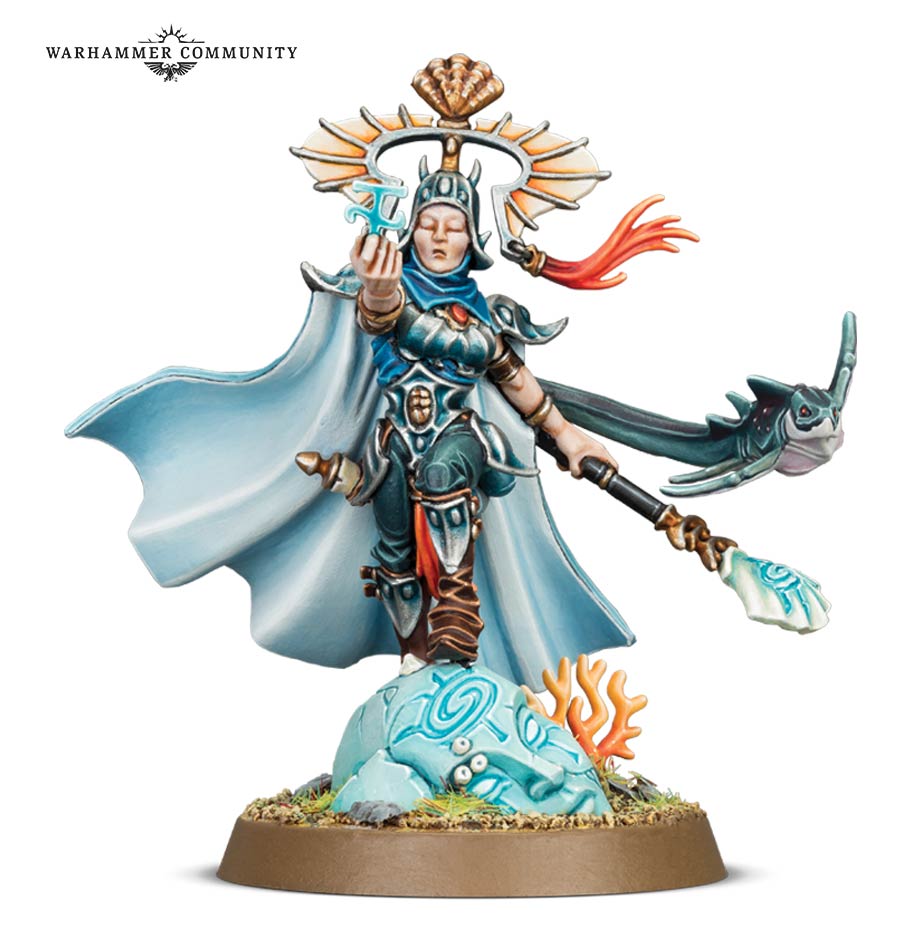

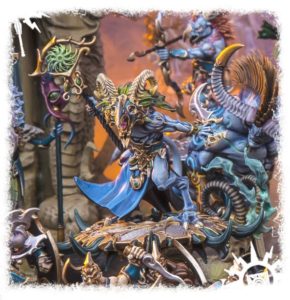
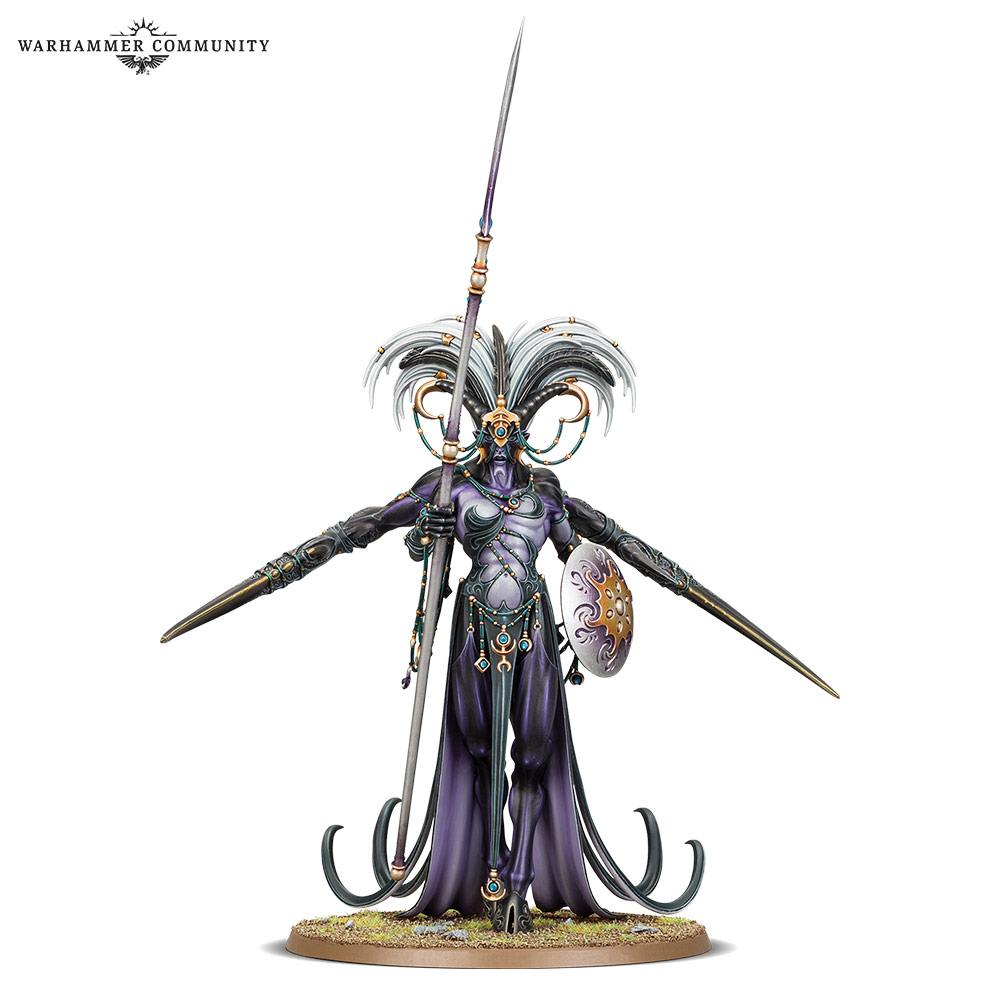
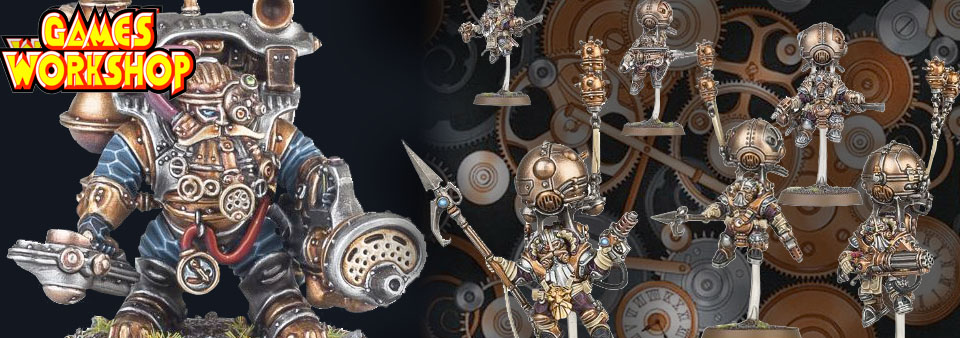

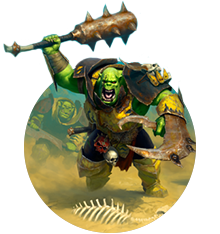


I really like the animation
Great write up! Looking forward to seeing more meeting engagement tournaments!
Thanks, we had a lot of fun with the format.